3-Methylcatechol
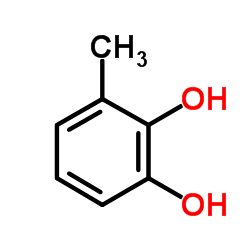
3-Methylcatechol structure
|
Common Name | 3-Methylcatechol | ||
|---|---|---|---|---|
| CAS Number | 488-17-5 | Molecular Weight | 124.137 | |
| Density | 1.2±0.1 g/cm3 | Boiling Point | 240.9±20.0 °C at 760 mmHg | |
| Molecular Formula | C7H8O2 | Melting Point | 65-68 °C(lit.) | |
| MSDS | Chinese USA | Flash Point | 116.7±16.4 °C | |
| Symbol |

GHS07 |
Signal Word | Warning | |
Use of 3-Methylcatechol3-Methylcatechol is a building block in the chemical synthesis produced by Pseudomonas putida MC2[1]. |
| Name | 3-methylcatechol |
|---|---|
| Synonym | More Synonyms |
| Description | 3-Methylcatechol is a building block in the chemical synthesis produced by Pseudomonas putida MC2[1]. |
|---|---|
| Related Catalog | |
| References |
| Density | 1.2±0.1 g/cm3 |
|---|---|
| Boiling Point | 240.9±20.0 °C at 760 mmHg |
| Melting Point | 65-68 °C(lit.) |
| Molecular Formula | C7H8O2 |
| Molecular Weight | 124.137 |
| Flash Point | 116.7±16.4 °C |
| Exact Mass | 124.052429 |
| PSA | 40.46000 |
| LogP | 1.34 |
| Vapour Pressure | 0.0±0.5 mmHg at 25°C |
| Index of Refraction | 1.595 |
| Water Solubility | soluble |
CHEMICAL IDENTIFICATION
HEALTH HAZARD DATAACUTE TOXICITY DATA
|
| Symbol |

GHS07 |
|---|---|
| Signal Word | Warning |
| Hazard Statements | H315-H319-H335 |
| Precautionary Statements | P261-P305 + P351 + P338 |
| Personal Protective Equipment | dust mask type N95 (US);Eyeshields;Gloves |
| Hazard Codes | Xi |
| Risk Phrases | R36/37/38:Irritating to eyes, respiratory system and skin . |
| Safety Phrases | S26-S37/39 |
| RIDADR | 2811 |
| WGK Germany | 3 |
| RTECS | UX1910000 |
| Packaging Group | III |
| Hazard Class | 6.1(b) |
| HS Code | 2907299090 |
| Precursor 9 | |
|---|---|
| DownStream 10 | |
| HS Code | 2907299090 |
|---|---|
| Summary | 2907299090 polyphenols; phenol-alcohols。supervision conditions:AB(certificate of inspection for goods inward,certificate of inspection for goods outward)。VAT:17.0%。tax rebate rate:9.0%。MFN tariff:5.5%。general tariff:30.0% |
|
Effects of plant species, stage of maturity, and level of formic acid addition on lipolysis, lipid content, and fatty acid composition during ensiling.
J. Anim. Sci. 93 , 4408-23, (2015) Forage type and management influences the nutritional quality and fatty acid composition of ruminant milk. Replacing grass silage with red clover (RC; L.) silage increases milk fat 18:3-3 concentratio... |
|
|
Characterization of catechol 2,3-dioxygenase from Planococcus sp. strain S5 induced by high phenol concentration.
Acta Biochim. Pol. 59(3) , 345-51, (2012) This study aimed at characterization of a new catechol 2,3-dioxygenase isolated from a Gram-positive bacterium able to utilize phenol as the sole carbon and energy source. Planococcus sp. strain S5 gr... |
|
|
Electrochemical synthesis of novel 1,3-indandione derivatives and evaluation of their antiplatelet aggregation activities.
Iran. J. Pharm. Res. 12 , 91-103, (2013) Electrochemical oxidation of some selected catechol derivatives, using cyclic voltammetry, in the presence of different 2-aryl-1,3-indandiones as nucleophiles, resulted in electrochemical synthesis of... |
| 3-METHYL CATECHOL |
| 3-methyl-pyrocatecho |
| 1,2-Dihydroxy-3-methylbenzene |
| 2,3-Toluenediol |
| 1,2-Benzenediol, 3-methyl- |
| Dihydroxytoluene |
| MFCD00016435 |
| 3-Methylcatechol |
| 3-Methylpyrocatechol |
| 2,3-Dihydroxytoluene |
| 3-Methylbenzol-1,2-diol |
| METHYLCATECHOL,3 |
| EINECS 207-672-6 |
| Catechol,3-methyl |
| 3-methylbenzene-1,2-diol |
| 2,3-Toluenediol-d3 |
| 3-Methyl-1,2-benzenediol |
| 3-METHYL-BENZENE-1,2-DIOL |
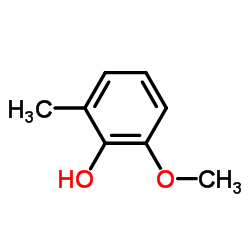 CAS#:2896-67-5
CAS#:2896-67-5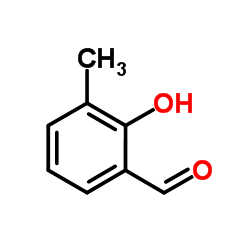 CAS#:824-42-0
CAS#:824-42-0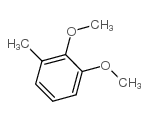 CAS#:4463-33-6
CAS#:4463-33-6 CAS#:148-53-8
CAS#:148-53-8 CAS#:108-39-4
CAS#:108-39-4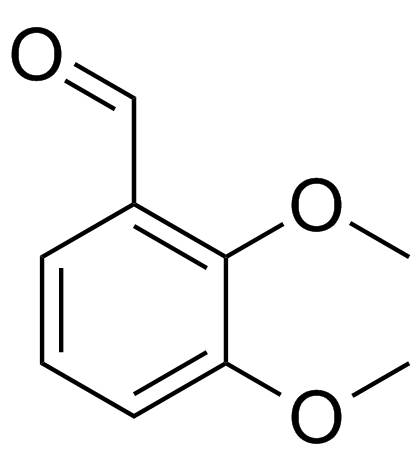 CAS#:86-51-1
CAS#:86-51-1![6-methyl-3,4-dihydro-2H-benzo[b]1,4-dioxepine Structure](https://image.chemsrc.com/caspic/471/33632-36-9.png) CAS#:33632-36-9
CAS#:33632-36-9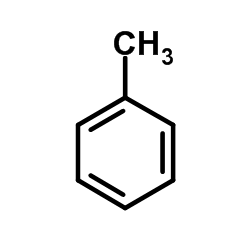 CAS#:108-88-3
CAS#:108-88-3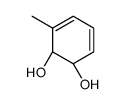 CAS#:41977-20-2
CAS#:41977-20-2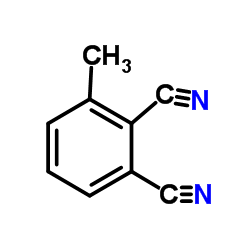 CAS#:36715-97-6
CAS#:36715-97-6 CAS#:18102-31-3
CAS#:18102-31-3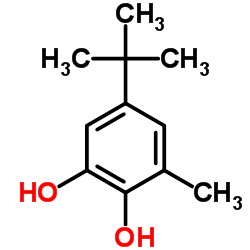 CAS#:2213-66-3
CAS#:2213-66-3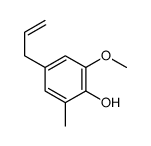 CAS#:186743-26-0
CAS#:186743-26-0 CAS#:2213-67-4
CAS#:2213-67-4 CAS#:75-27-4
CAS#:75-27-4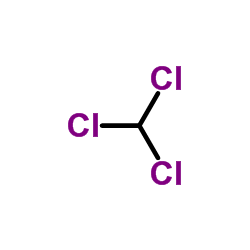 CAS#:67-66-3
CAS#:67-66-3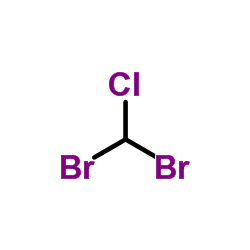 CAS#:124-48-1
CAS#:124-48-1
